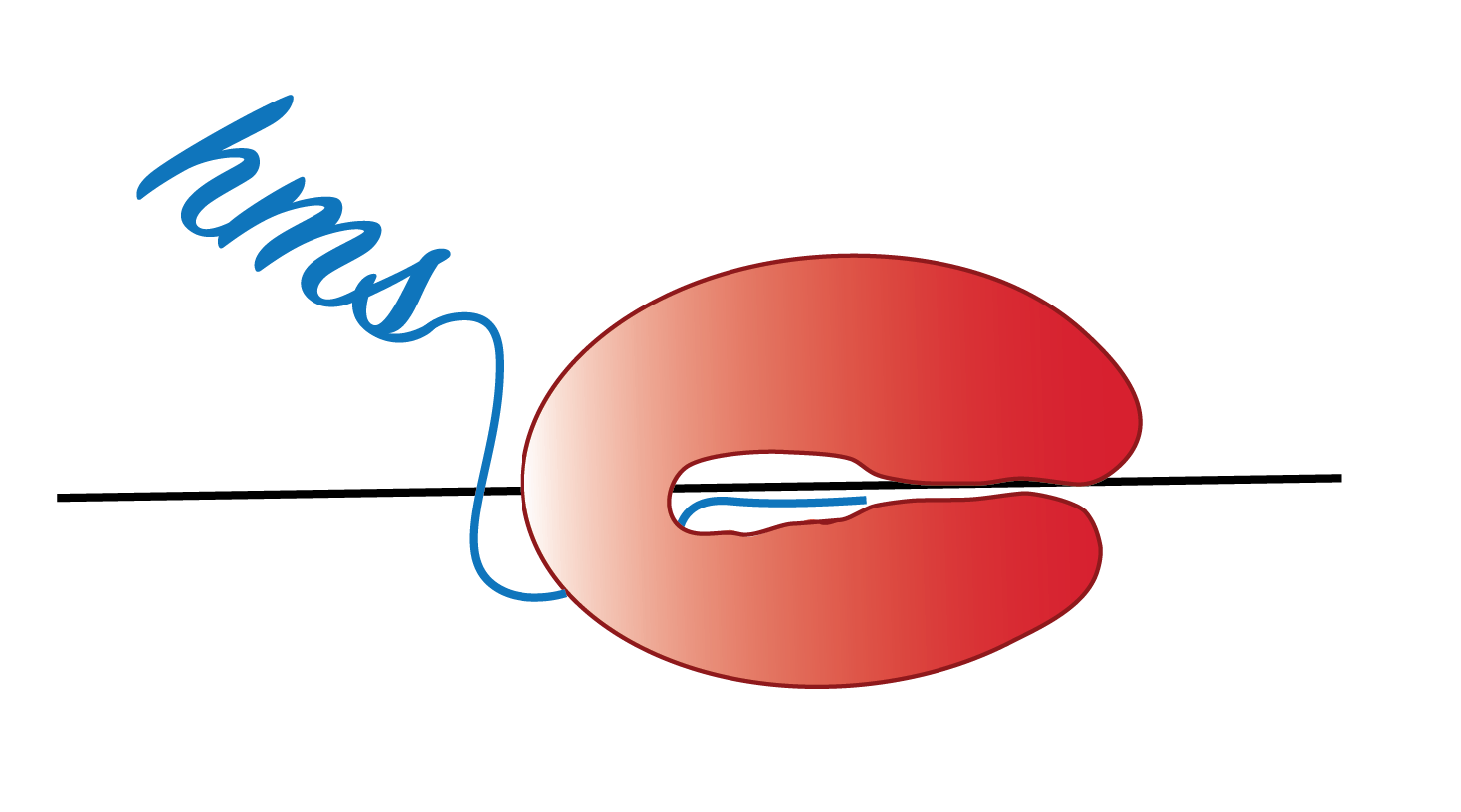Citation:
Katerina Cermakova, Jonas Demeulemeester, Vanda Lux, Monika Nedomova, Seth R. Goldman, Eric A. Smith, Pavel Srb, Rozalie Hexnerova, Milan Fabry, Marcela Madlikova, Magdalena Horejsi, Jan De Rijck, Zeger Debyser, Karen Adelman, H. Courtney Hodges, and Vaclav Veverka. 2021. “
A ubiquitous disordered protein interaction module orchestrates transcription elongation.” Science, 374, 6571, Pp. 1113–1121.
Abstract:
Organized by unstructured motifs The high degree of conservation in protein sequences thought to be unstructured has hinted that these regions may have important biological functions. Although unstructured regions are widely viewed to be crucial for protein signaling, localization, and stability, their roles in many other settings have remained mysterious. Cermakova et al . discovered that prominent members of the transcription elongation machinery are linked through a network of interactions involving transcription elongation factor TFIIS N-terminal domains (TNDs) and conserved unstructured sequences called “TND-interacting motifs” (TIMs). The researchers found that mutation of a single TIM in a central organizing protein of this network abolished key protein interactions and induced widespread defects in transcription elongation dynamics. —DJ , The transcription elongation machinery is linked through a network of conserved unstructured motifs. , During eukaryotic transcription elongation, RNA polymerase II (RNAP2) is regulated by a chorus of factors. Here, we identified a common binary interaction module consisting of TFIIS N-terminal domains (TNDs) and natively unstructured TND-interacting motifs (TIMs). This module was conserved among the elongation machinery and linked complexes including transcription factor TFIIS, Mediator, super elongation complex, elongin, IWS1, SPT6, PP1-PNUTS phosphatase, H3K36me3 readers, and other factors. Using nuclear magnetic resonance, live-cell microscopy, and mass spectrometry, we revealed the structural basis for these interactions and found that TND-TIM sequences were necessary and sufficient to induce strong and specific colocalization in the crowded nuclear environment. Disruption of a single TIM in IWS1 induced robust changes in gene expression and RNAP2 elongation dynamics, which underscores the functional importance of TND-TIM surfaces for transcription elongation.